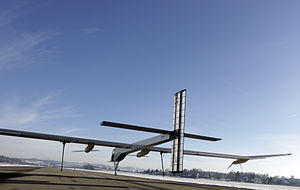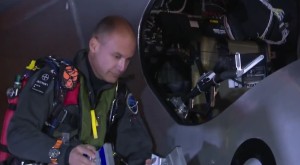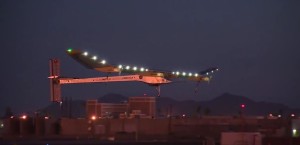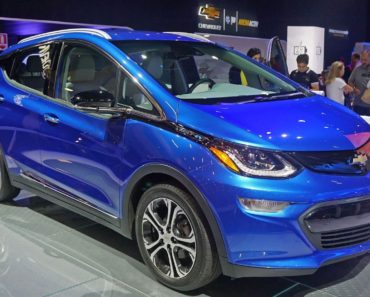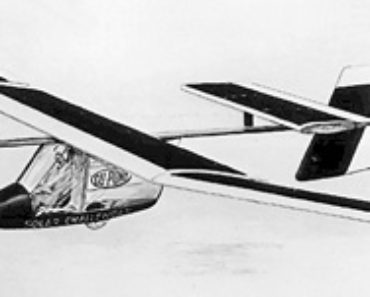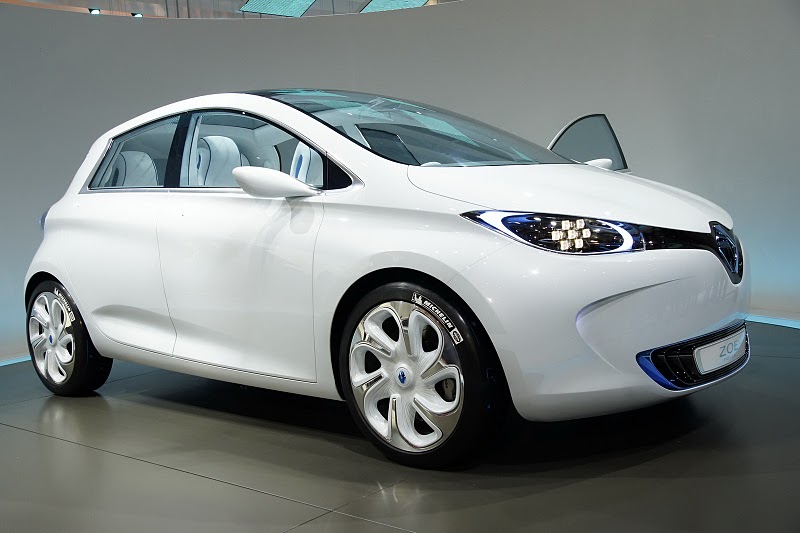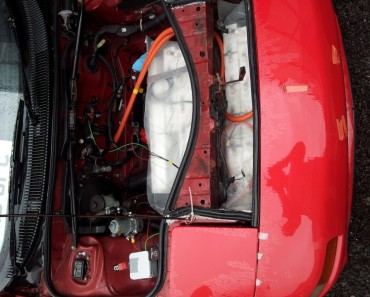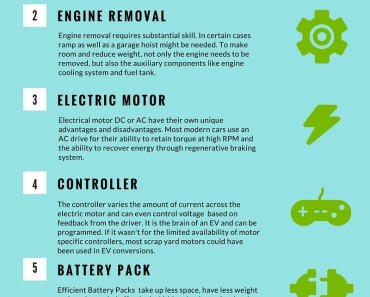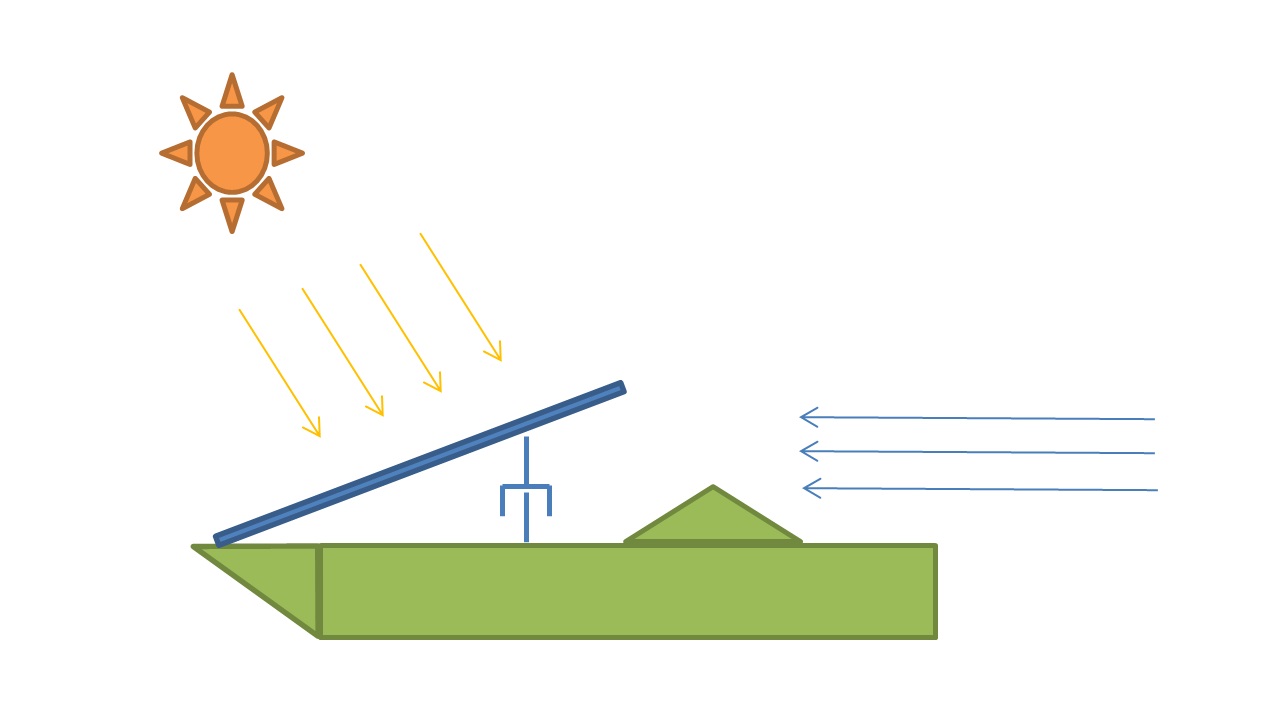Contents
It was in 1873, when Jules Verne published the novel, “Around the world in 80 days”. As soon as the book was released it captivated the imagination of the masses. The idea of circumnavigating the earth, which was over 24000 miles long in relatively short time span was a challenging feat at the time. After all, in the 19th century mechanical transport technology was still in its infancy.
For generations of engineers worldwide, the tale was an inspiring one that aptly finished on a climax. To this day, it continues to kindle the spirit of adventurism. And 142 years after the publication, a similar story is unfolding in front of our eyes but this time there is nothing fictitious about it.
Solar Impulse, a solar powered aircraft, is currently circumnavigating the globe. It is an aircraft that aims to charter the vast ocean of air above us without a releasing a single particle of CO2 (during its operation). In an era that will be rightly remembered as the oil age, when over 90 million barrels of oil are consumed every single day and most of them in transport, it will be a monumental feat indeed.
I first became aware of solar impulse in 2009. Back then, the first prototype, Solar Impulse 1 was under production. The funding model of the project was unique. Anyone could choose to pay for one or more of the thousands of the solar cells on the plane. The Solar Impulse website would than display the name and picture (if provided) of the donors. I urged my students to get involved. It triggered an interest in them for learning renewable transport systems and aerodynamics. Since then, along with my students I have been tracking the progress of this venture regularly.
The successful trials of the first prototype paved way for Solar Impulse II, which is being hailed as the most ambitious aircraft of our time. The plane runs purely on solar power and has enough battery storage to last it through the night (41 kWh lithium-ion batteries). Its huge wing span is almost comparable to a large commercial airliner.
Team Solar-Impulse must be applauded for enhancing the user engagement and providing everyone an opportunity of getting involved. Live data is relayed on Solar Impulse website when the plane is flying. People can now view all the dial gauges of the aircraft, including battery charge level and power generation by the cells etc. Communications to the pilot from the control centre can also be heard. Social media has been used very effectively and even tweets to the pilot are occasionally responded.
Bertrand Picard instigated this idea. He comes from a lineage of explorers. He also pilots the plane along with his co-founder André Borschberg.
The aircraft already has had a massive impact on global conscience and new avenues that it has opened up are listed below:
1. Arrival of Pure Electric Aviation
Electricity is the form of energy that is potentially the most versatile as well as most sustainable. Kerosene fuel jet engines have served us well however in the event of “end of oil” scenario, it is an extremely plausible that the aviation industry as we know it, would seize to exist. Thanks to Solar Impulse this threat is being redressed.
2. End of Chemtrail / Contrail
Chem-trails have been a concern for conspiracy theorists for over 50 years. Likewise, people who subscribe to the global warming theory are not comfortable with the release of CO2 particularly at the top end of the troposphere. Aviation, in terms of CO2 release is the most polluting mode of transport with billions of gallons of fuel burned every year. The IPCC estimates that aviation industry is responsible for 3.5 % of the anthropogenic climate change, a figure which includes both CO2 and non-CO2 induced effects.
In light of these facts, the possibility of an aircraft with zero emissions is a welcome change. Additionally it quashes all the chem-trail conspiracies.
3. Flying Through the Night
First question that crops in mind about solar aircraft is about the possibility of flying during the dark hours.
By completing several night time flights, Solar Impulse has already busted this reservation. The aircraft not only has high energy storage capacity in the form of batteries but also uses altitude as a form of energy storage (Potential energy). Furthermore, because the plane can fly above cumulus clouds, certain minimum amount of solar energy can be ensured on all days.
4. Hybrids Aviation
When electric cars were first introduced, the range anxiety was a big sticking point. Hybrids like Toyota Prius eased people into electric drive. This provided the time for all electric vehicles to benefit from improvement in battery technology. Today electric cars like Nissan Leaf and BMW i3 are a huge success.
Similarly before pure electric aviation becomes a reality, there is scope for hybrid aircrafts. It will divest propulsion (jet + electric drive) power and in fact make the aircrafts more reliable.
5. Improved Solar Aircrafts
The solar cells used in Solar-Impulse are top of the line and highly efficient. They are manufactured by Sunpower Corporation and hold efficiency of 23% (Insolation to electricity conversion). Even though they are the most efficient in the market but there is still room for further improvement. The highest theoretical efficiency for a single layer solar cell is 33.7%. This is also known as the Shockley–Queisser limit. The improvement in technology and on-going research is pushing us towards this limit. However, there is already a way around the theoretical maximum per unit area of cells, which is by way of multi-junction solar cells i.e. Cells that are layered on top of each other to increase the solar electricity gain. Multi-junction solar cell have attained efficiencies above 44%
With such a promising solution on the horizon, Solar Impulse III can look forward to smaller wing-span and even a higher payload capacity.
6. Automated Solar Drones
It isn’t long when in the block-buster movie Interstellar; a solar powered drone was shown which had been soaring in the sky for several years. Thanks to Solar Impulse, this technology today is more of a reality and less of a myth. Leaving aside military uses, Solar powered drones would be invaluable to farmers, coast guards as well as search and rescue teams.
Solar Impulse is not just an aircraft; it is a new chapter in history of Aviation. Let’s hope the aircraft manufacturing industry takes a leaf out of its book. Solar Impulse website still allows donors to make contribution towards the solar cells. We wish the Solar -Impulse team the best of luck. Let’s hope for a greener future in Aviation.
The details of the aircraft will be the subject of another article. Please subscribe to Synergyfiles.com
Source: http://www.solarimpulse.com/

